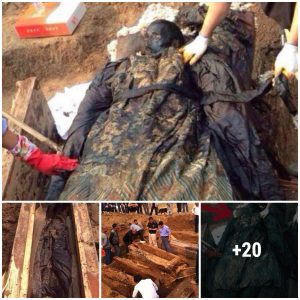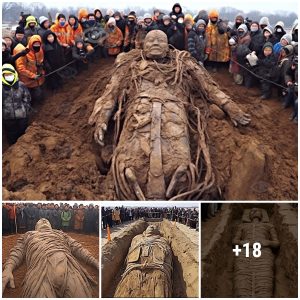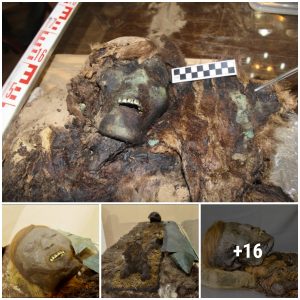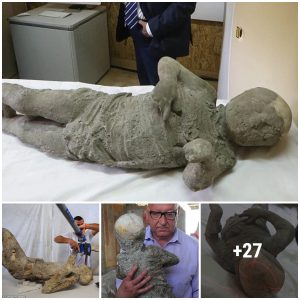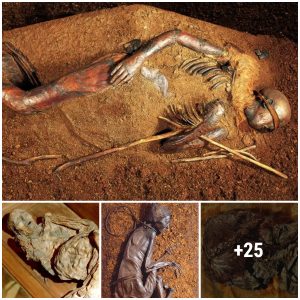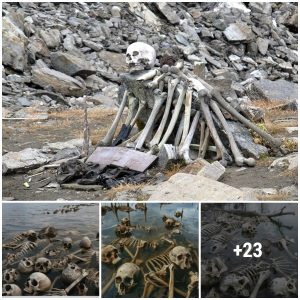This summer, a tomb embedded in the rock by the main entrance to the San Tirso and San Bernabé Hermitage situated in the karst complex of Ojo Guareña (Merindad de Sotoscueva, Burgos) was excavated; its structure of slabs holds the skeleton of an adult individual in the supine position, with its head to the west, set between two small limestone blocks.

This excavation was prompted by the new chronologies offered by the dating project for the Ojo Guareña Karst Complex Cultural Heritage (2017–2021). One of the dates obtained in 2020 evinces a Hispano-Visigothic period chronology related to the transition between the end of the seventh century and the start of the eighth, while the human remains from the lower level are associated with a transition phase between the end of the eighth century and the start of the ninth, in the High Middle Ages.
“In both cases, these push the evidence known to date for the start of Christian worship at this emblematic site back several centuries,” says Ana Isabel Ortega, an archaeologist attached to the Fundación Atapuerca and the Centro Nacional de Investigación sobre la Evolución Humana (CENIEH).
The anthropological studies, especially the analyses of stable isotopes of hydrogen, carbon and strontium, together with the dating for the remains, offer us a glimpse into the life of this person, who could have been associated with the first hermits who sought a retreat in this idyllic setting where they could live in isolation, during centuries of great turbulence linked to the arrival of the Moors, just as was the case elsewhere close to the upper course of the River Ebro and its tributaries in the south of the province of Cantabria, the north of Burgos, Álava and La Rioja.

Apart from Ortega, the excavation team was made up of Pilar Fernández, Sofía de León and Raquel Lorenzo, restorers at the CENIEH, and Miguel Ángel Martín. The other collaborators were Aitor Fernández, an employee of the Ayuntamiento de Merindad de Sotoscueva, as well as Clara López, Alberto Gómez and Eduardo Sainz Maza, who are guides to the San Bernabé Cave. Josu Riezu and Txus Riezu also furnished their support.
Once the excavation has concluded and the human remains have been recovered, these will be consolidated and restored at the CENIEH. They will subsequently be subjected to dating, morphometric and paleopathological studies, while Ana Belén Marín and Borja González, researchers from the EvoAdapta R+D+i Group at the Universidad de Cantabria, will participate in isotopic studies.San Bernabé Cave became a hub of Christianity during the High Middle Ages as a center for religion and pilgrimage, with the foundation of a church devoted to San Tirso and San Bernabé in a process that appropriated the former pagan sanctuary in the Ojo Guareña karst enclave caves, intimately bound up with the process that gave rise to the Kingdom of Castile.
